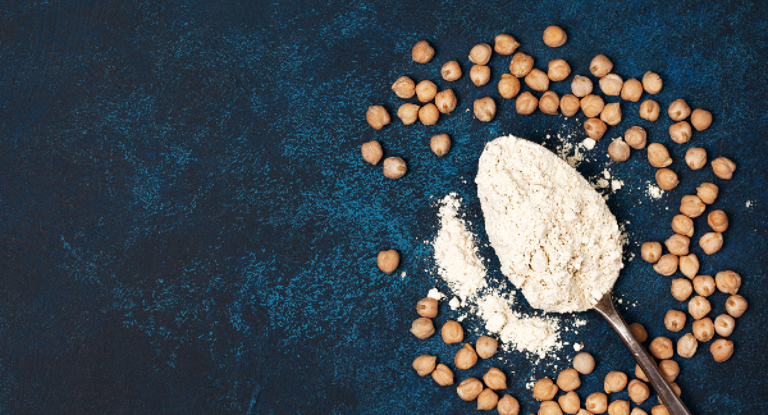
August 16, 2023
The IFT FIRST 2023 in Chicago recently played host to food manufacturers, scientists and marketers from around the world focused on key issues affecting the global food system.
The expo offered what it called “a chance to debate and discuss science and new innovations, explore ingredients and technologies for the future.”
Scoular’s Food Innovation team was there, talking to key customers as well as new industry connections and learning about fresh trends in the food ingredient marketplace.
Some key trends we spotted:
There’s customer curiosity—especially among those interested in sustainability—in using surplus ingredients and by–products in new ways to reduce food waste and the resulting environmental impact. For example, if a company isolates a legume for its protein, the starch and fiber are considered by-products.
Upcycled ingredients create opportunities for food manufacturers to improve both nutritional profiles and sustainability claims.¹ Government policies and initiatives may encourage the use of upcycled ingredients, leading to economic advantages in the form of tax incentives and grants.
At Scoular, we have responsibly provided upcycled nutrition for decades, transforming ingredients that might otherwise be discarded into something new and valuable. Our Food Innovation team works with customers interested in adding the upcycling claim to their products with Scoular ingredients, such as our pea fiber.
Highly functional ingredients typically are clean label, gluten free, allergen free and appeal to health-conscious customers looking for wholesome options with an increased nutritional profile. Scoular’s functional chickpea flour undergoes a unique process so that it functions like a protein isolate, at the cost of a flour. Its unique functional attribute allows it to improve extrusion, replace eggs and decrease staling, all at a low inclusion rate.
Another big topic at the expo: artificial sweeteners. It’s no surprise—sugar plays a key role in obesity, Type 2 diabetes and other health concerns, and surveys have found nearly half of consumers are trying to reduce sugar consumption.² In addition, the World Health Organization recently listed aspartame, a sugar substitute found in sodas and gum, as potentially carcinogenic to humans when consumed at a high dosage daily.
Alternative sweeteners have experienced rapid growth and change in recent years. Since the 2010s, the clean label movement has picked up momentum, and taste profiles and the understanding of alternative sweeteners’ functional properties has improved.
Attractive alternatives to artificial high-intensity sweeteners like aspartame include plant-based stevia and monkfruit, due to their clean label and being naturally sourced. Low-calorie sweeteners such as erythritol are also popular.
Consumer demands will influence how the industry responds to this news, in combination with cost-effectiveness and availability of ingredient choices.
Fermented ingredients showed up as another key trend. During fermentation, microorganisms naturally produce enzymes and probiotics, which enhance nutrient absorption, digestion and gut health (another key food trend).
Other benefits include:
Interested to discover innovative food ingredient solutions for your product development needs? Reach out to us.
Sources:
¹ Thorsen M, Skeaff S, Goodman-Smith F, Thong B, Bremer P and Mirosa M (2022) Upcycled foods: a nudge toward nutrition. Front Nutr. 9:1071829. doi: 10.3389/fnut.2022.1071829
² International Food Information Council. 2023. 2023 Food and Health Survey.

R&D Scientist, Food Innovation